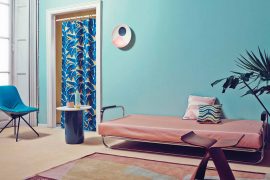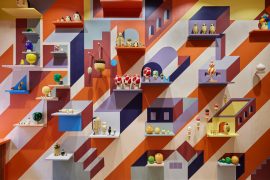喜可贺(”Xikehe”, Congrats Happiness) ©️, a pioneer in healing homeware, has launched the “New Life with Chinese Home Philosophy” initiative. Rooted in Chinese culture, it seeks to revive the legacy of family-based learning and craft a contemporary, human-centered way of living.
In the first article “New Life With Chinese Home Philosophy: Three Pillars Of Neo-Humanistic Living”, selected four case studies reveal a clear trajectory: from the East-West fusion of Shanghai’s old villas to multi-generational coexistence in Beijing’s rural villages; from modern villas beside Pudong’s orchards to Foshan’s family apartments integrated with quadruple gardens—designers are using spatial language to demonstrate how “home” can become a vessel for cultural inheritance and lifestyle innovation.
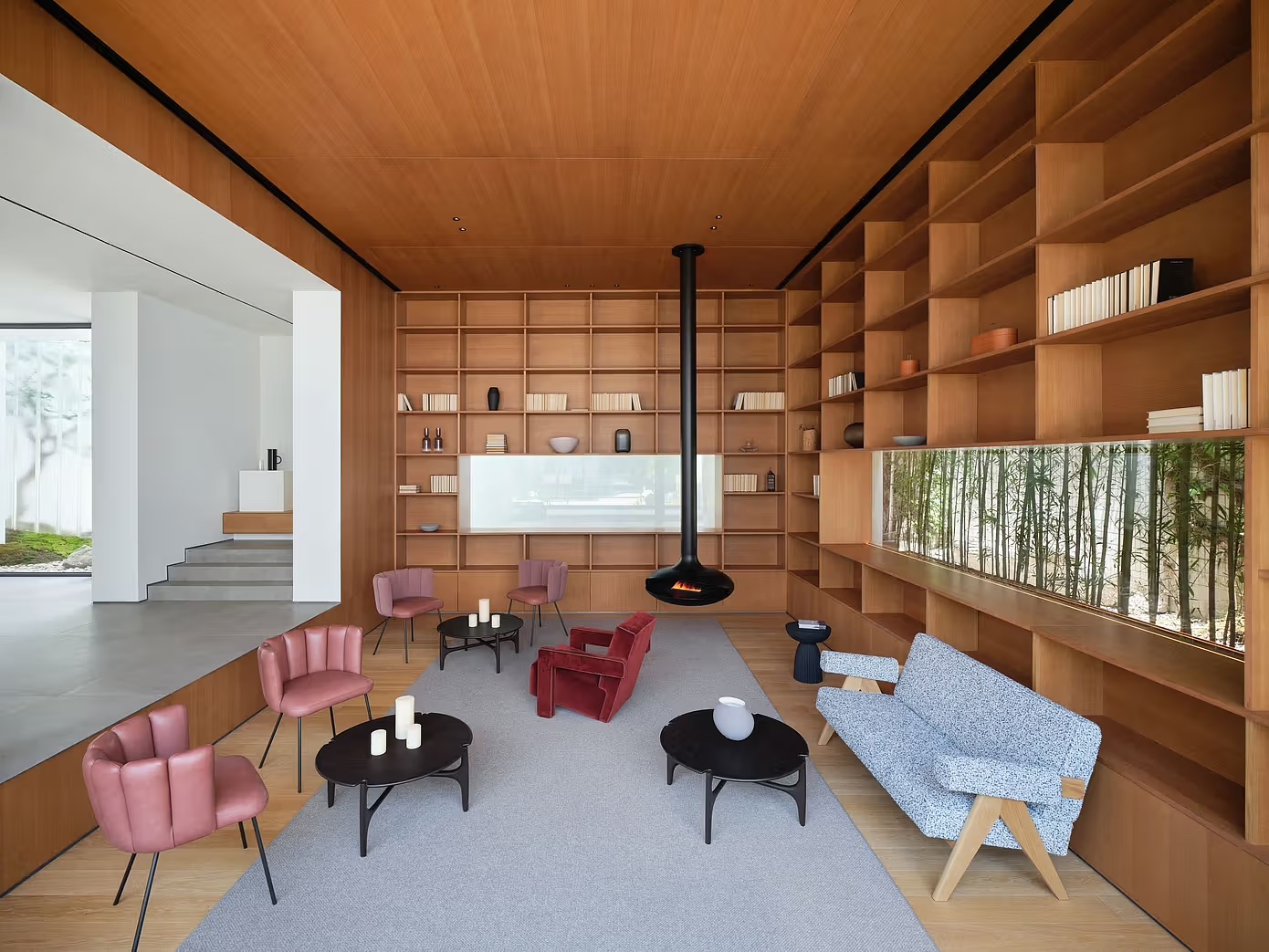
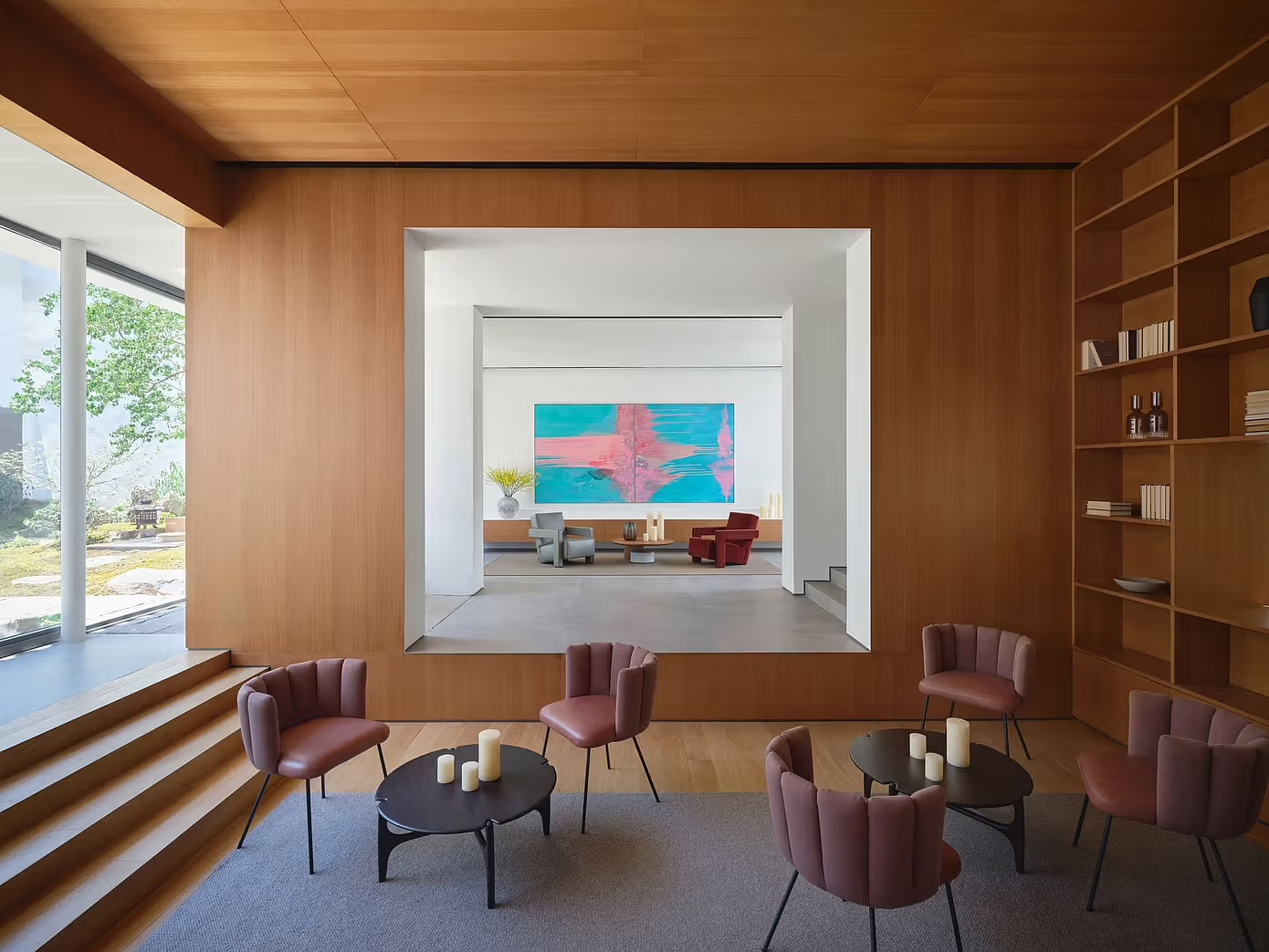
Chinese traditional culture is experiencing a revival in contemporary architectural design. Two exemplary cases are the Suzhou Huaxu Boutique Hotel and the Beijing Lei Homestay. These projects interpret the fusion of tradition and modernity in distinct ways, showcasing the profound heritage of Chinese culture.
The Suzhou Huaxu Boutique Hotel was designed by Zhang Haihua. Located in the ancient city of Suzhou, the project transformed three residential buildings into a courtyard-style hotel. The design draws inspiration from the traditional architecture of Jiangnan water towns. The hotel’s layout references classical Jiangnan residential styles while incorporating modern elements.
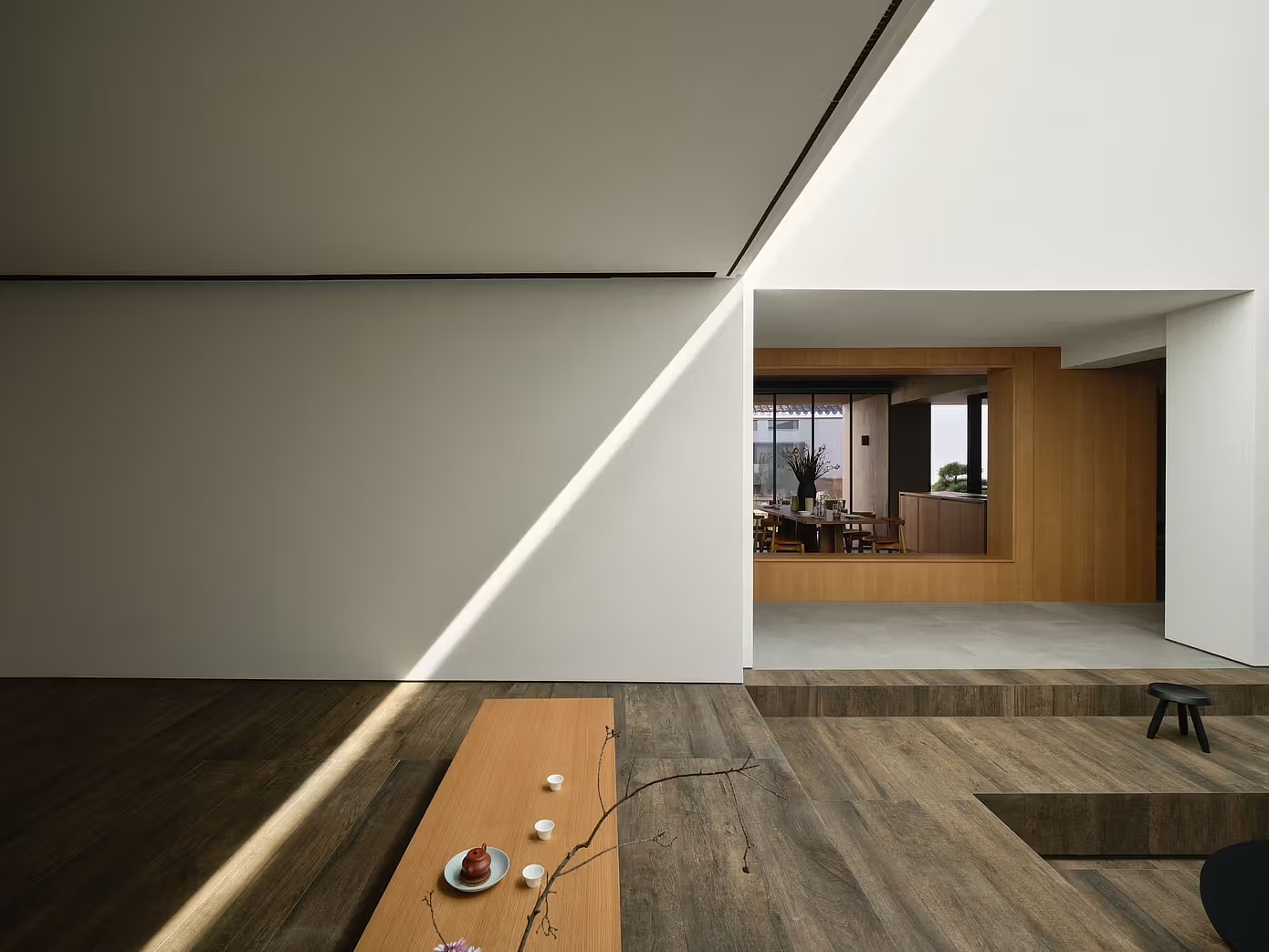
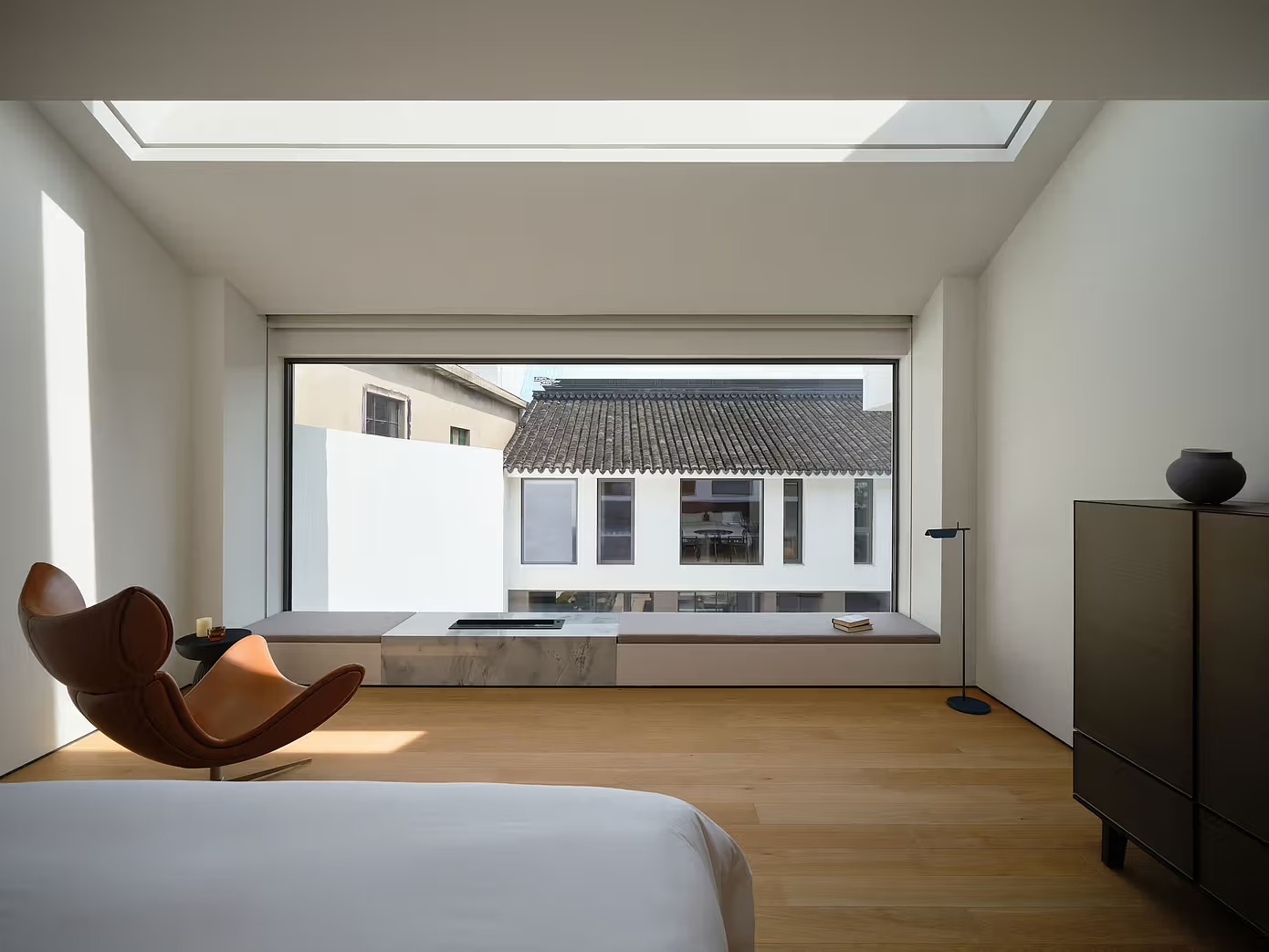
The designer ingeniously employs water-town imagery, translating the perspective of boat sightseeing into interior spatial design. The lounge area on one side of the lobby features a sunken seating arrangement, mimicking the experience of viewing the city from a boat. The courtyard is adorned with small hills, tea trees, and locally sourced stones, recreating the natural scenery of the Taihu Lake region.
The Beijing Lei Homestay was designed by Archstudio. The project preserved three old trees on the site, forming two courtyards around them. The structure uses glued laminated timber, with roofs designed in a double-slope form. The interior spaces are staggered, creating a forest-like living experience. The designers opted for recycled bricks and wood, reflecting sustainable development principles. The homestay meets modern accommodation needs while retaining the rustic charm of rural life.
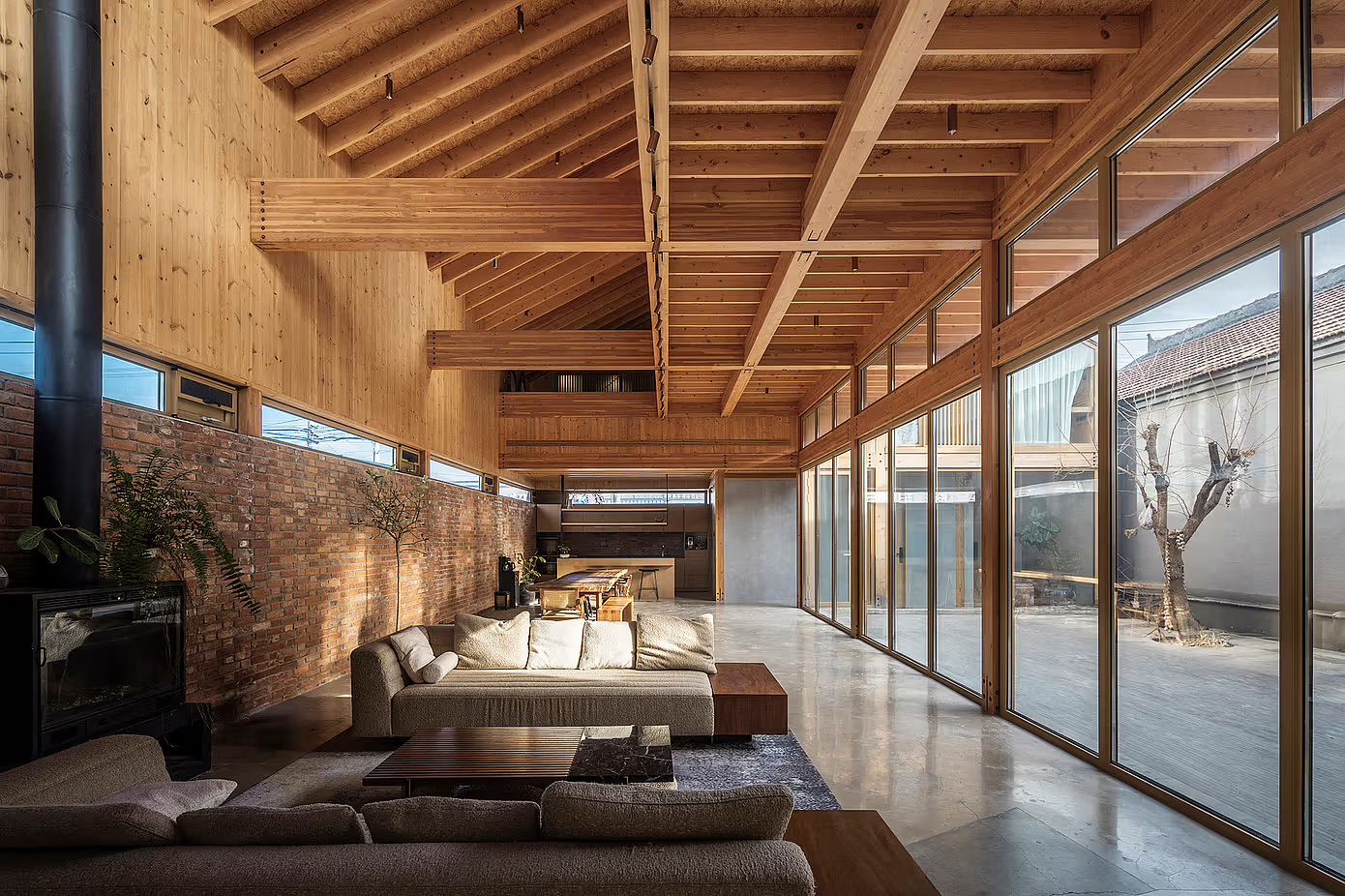
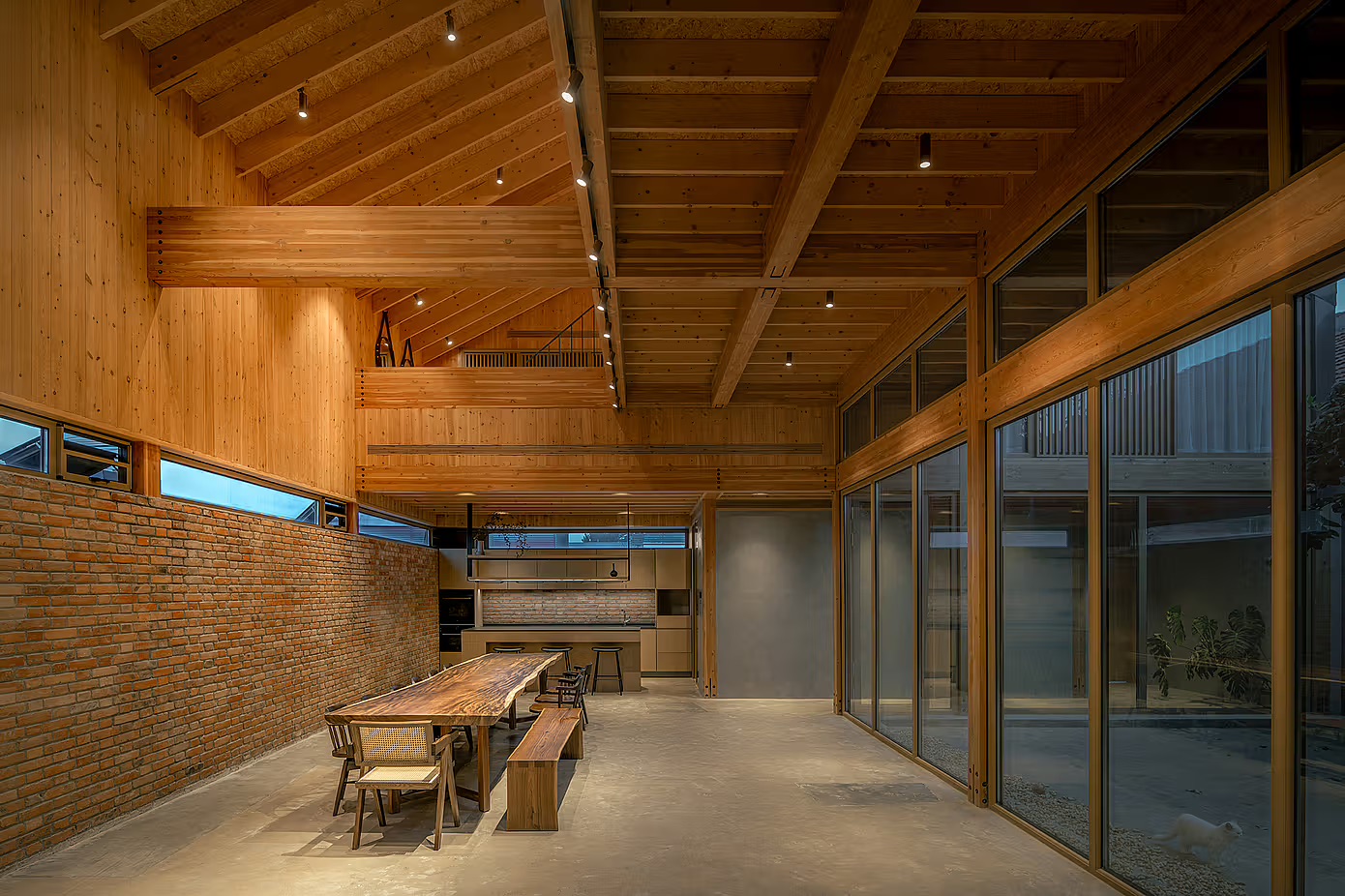
Both projects demonstrate a deep understanding of traditional culture. The Suzhou hotel recreates the artistic conception of Jiangnan gardens through spatial sequences. The Beijing homestay centers around trees, continuing the courtyard tradition of northern rural areas. Neither project merely imitates ancient architecture; instead, they extract the essence of culture and reinterpret it in a modern language.
This design approach holds significant value. First, it keeps traditional culture alive in the present. The courtyard of the Suzhou hotel is not just a landscape but a recreation of the refined lifestyle of Jiangnan literati. The old trees in the Beijing homestay carry the family memories of the owner. Second, it creates unique regional characteristics. Both projects are rooted in their local environments, offering irreplicable spatial experiences.
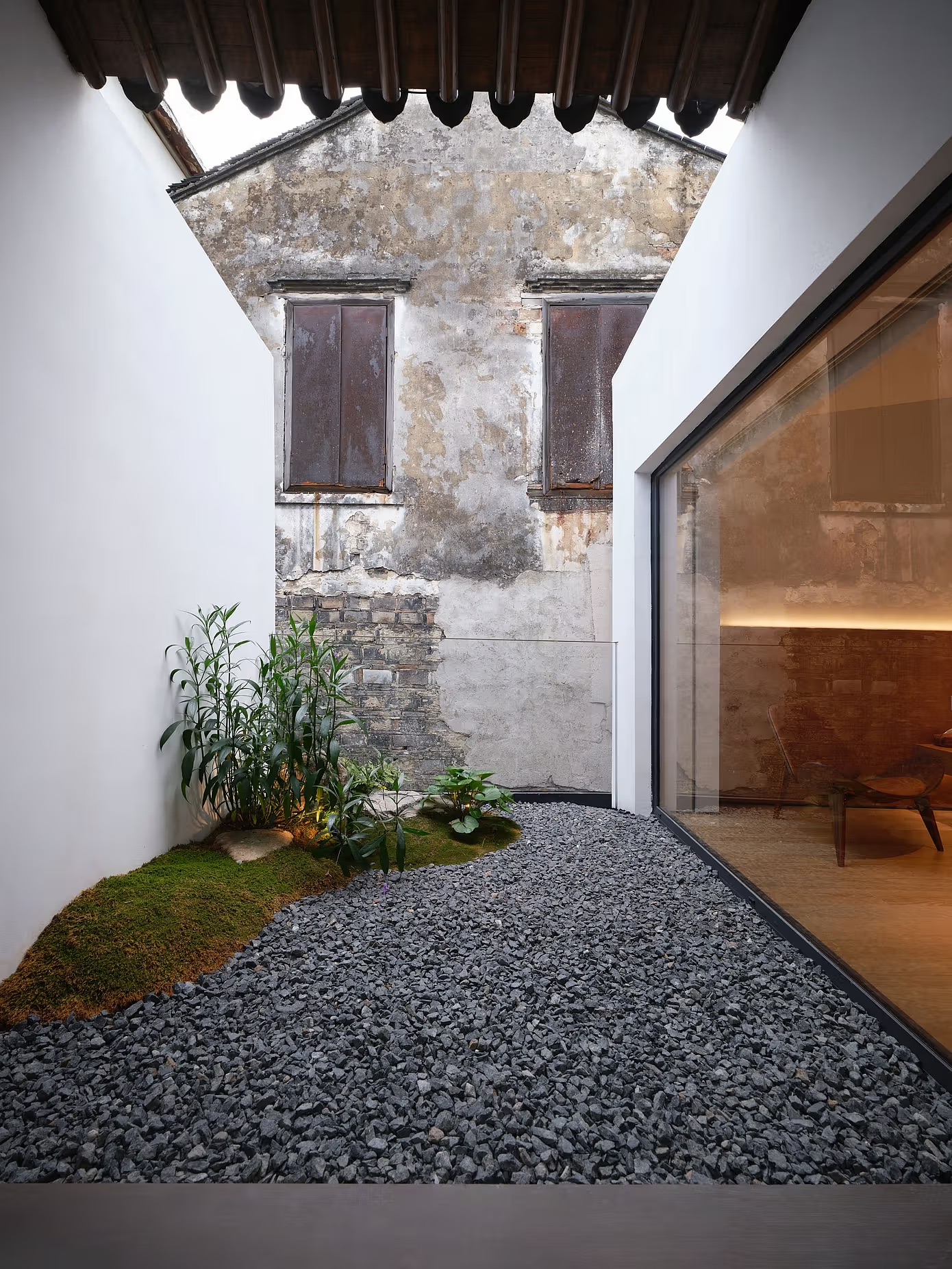

The designers’ local experiences are crucial. Zhang Haihua grew up in Suzhou and is familiar with water-town life. The Archstudio team conducted in-depth research on rural Beijing, understanding villagers’ needs. This firsthand experience allows the designs to transcend superficial forms and touch the essence of culture.
Contemporary society needs such humanistic spaces. In the fast-paced modern life, people yearn for spiritual belonging. The Suzhou hotel allows guests to experience the elegant life of ancient scholars. The Beijing homestay offers urban dwellers a pastoral escape. These places are not just accommodations but also vehicles for cultural transmission.
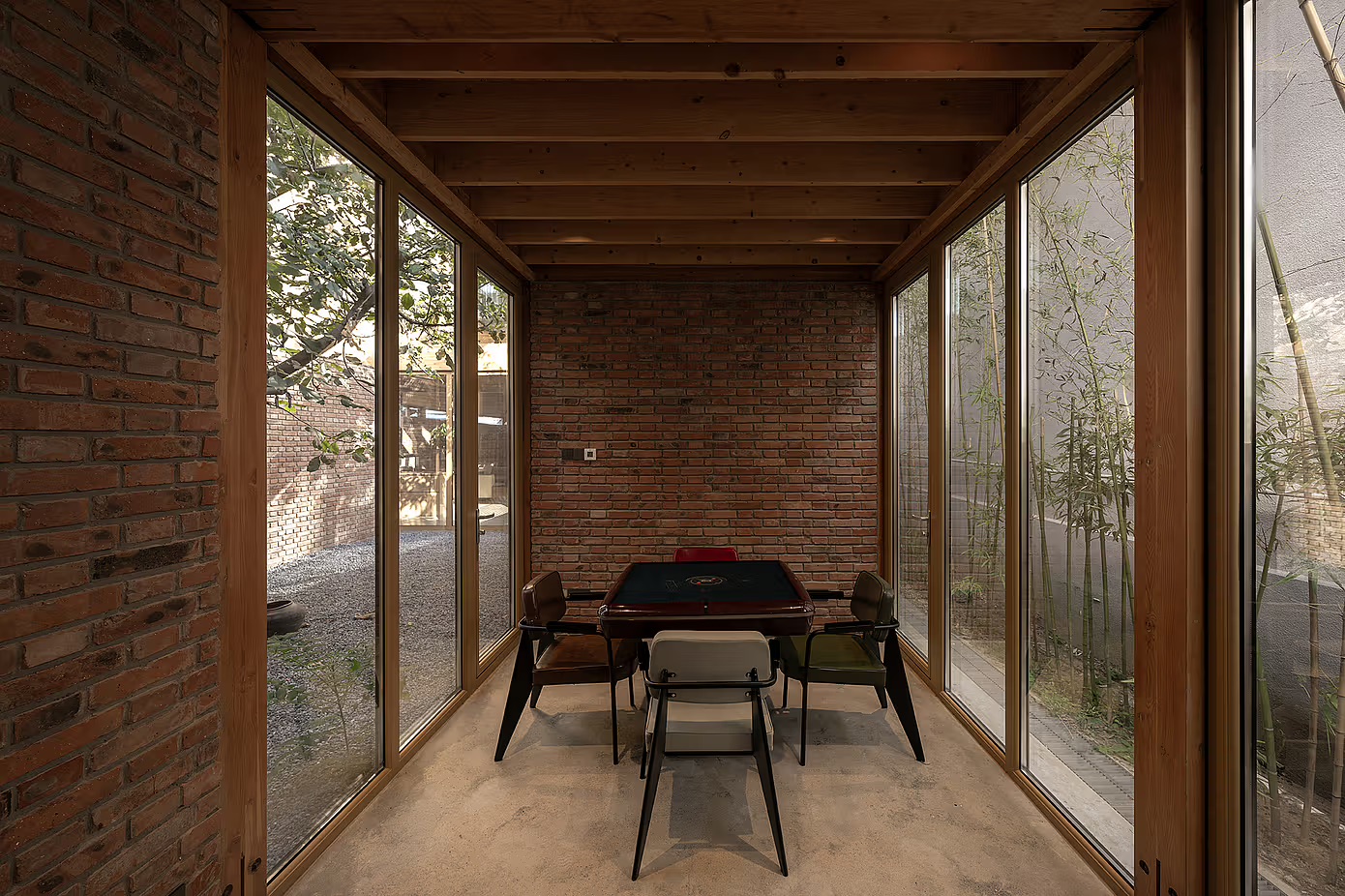
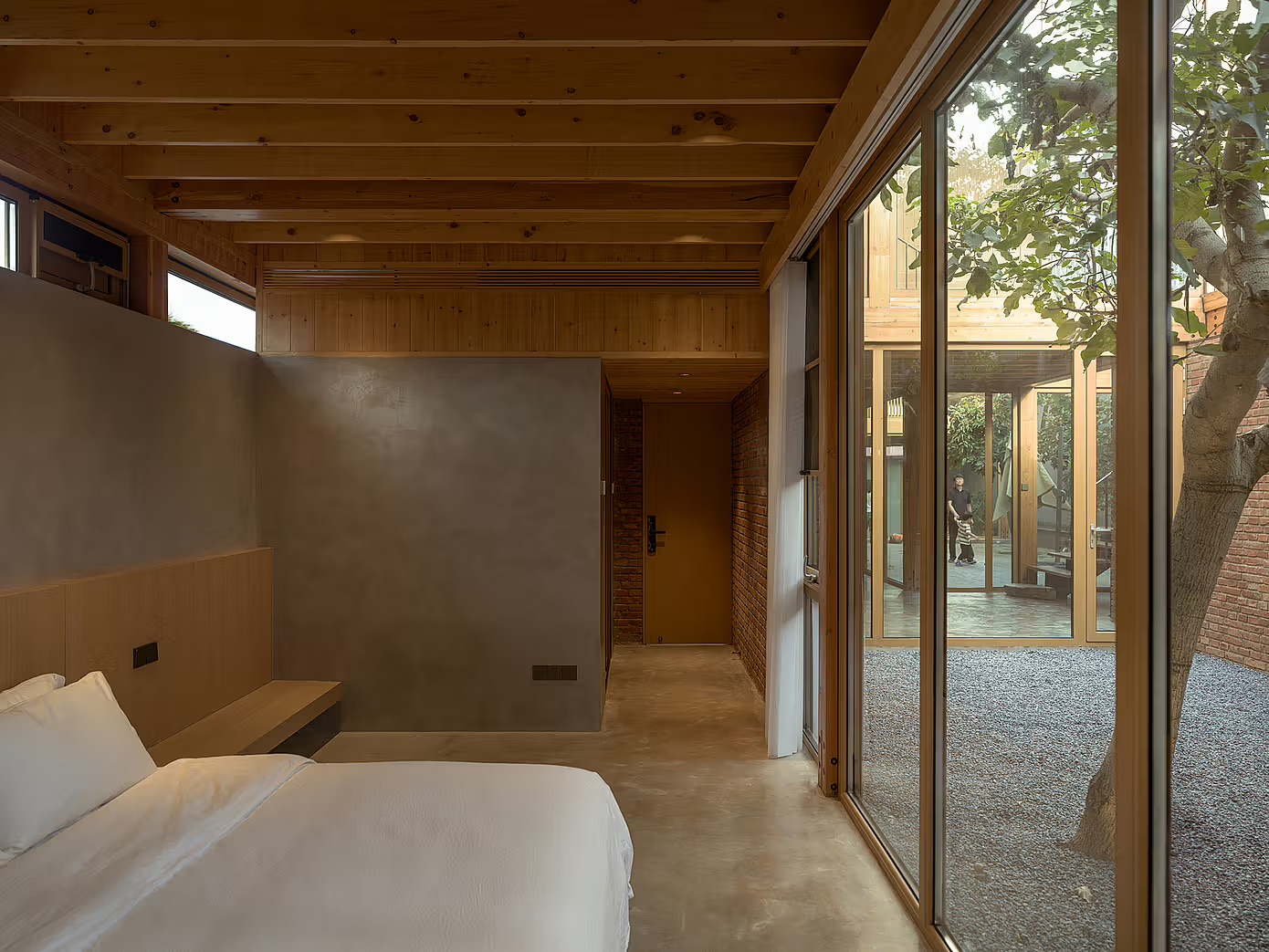
Future architectural design should continue this approach. It is essential to delve into local culture and understand traditional wisdom. Innovations in materials and technology must meet modern needs. Most importantly, a sense of reverence is necessary to facilitate dialogue between history and the present.
Cultural heritage requires ongoing exploration. The Suzhou hotel and Beijing homestay demonstrate possibilities. They prove that traditional culture can be modern and contemporary design can be humanistic. This balance is precisely what we need.
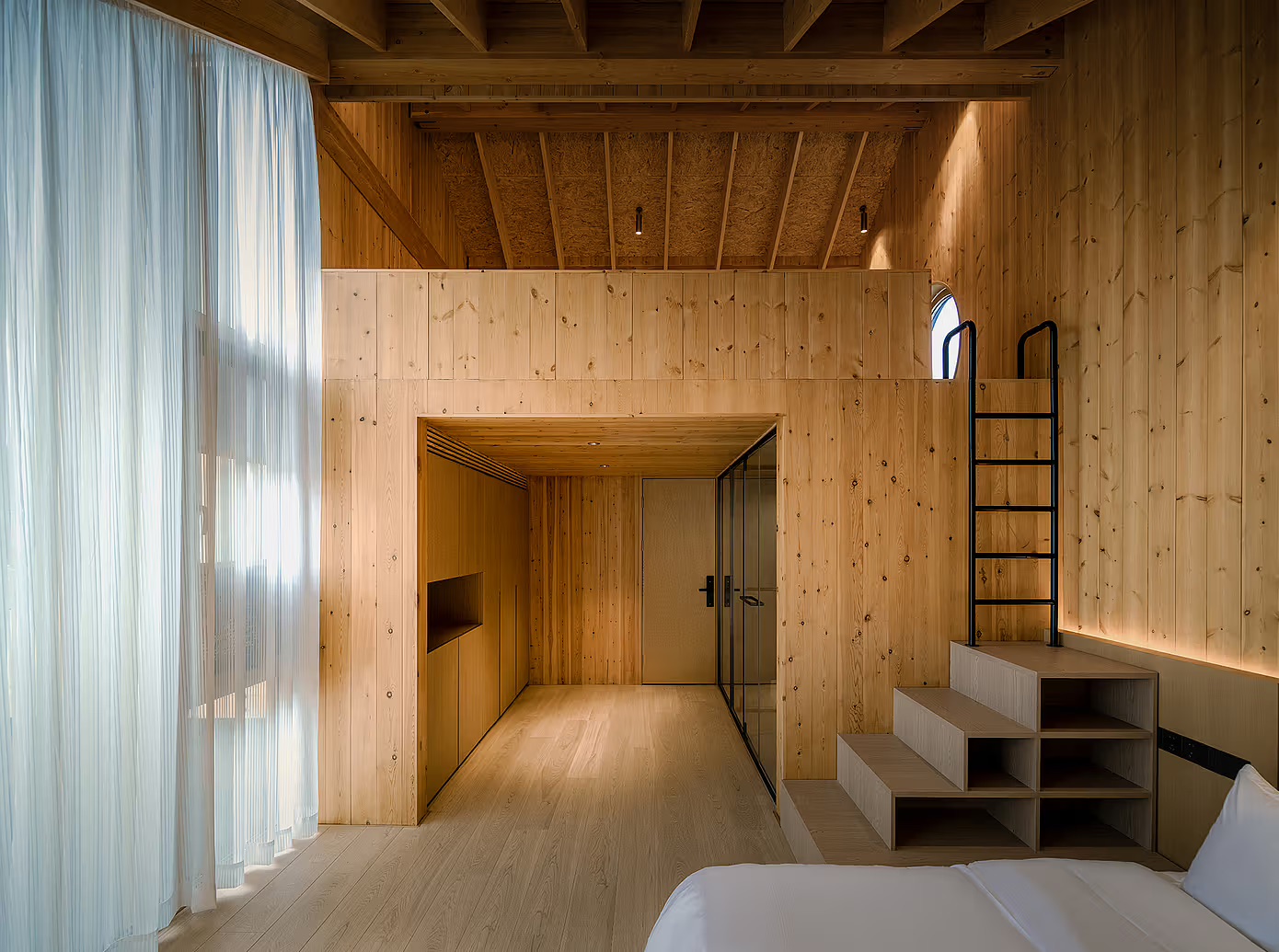

Let us look forward to more such works. They bring the essence of Chinese culture into daily life, revitalizing tradition. This is not just innovation in architecture but also the continuation of culture.
Suzhou Huaxu Boutique Hotel
Designer: Zhang Haihua
Photos: Cai Yunpu
Firm: Z+H Renhai Design
Beijing Lei Homestay
Designers: Han Wenqiang, Li Xiaoming
Photos: Wang Ning, Jin Weiqi
Firm: ARCHSTUDIO
About 喜可贺(Xikehe) ©️
The brand is directed by Huang Rongnan, who was awarded one of only three Excellence Awards (the grand prize was left vacant) in the global open competition for the UNESCO “City of Design” image identity.
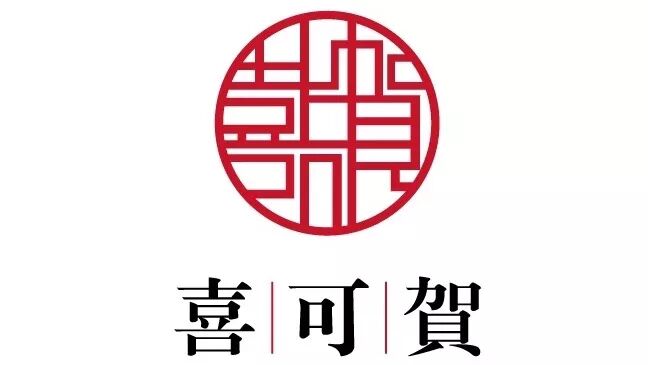
Making its debut, the “Eternal Blessings” Family Gift Collection was honored to be featured in the “Taste of the New Year” exhibition at the 2018 Shanghai Spring Festival Art & Culture Carnival, organized by the Shanghai Federation of Literary and Art Circles.

Using two-hundred-year-old folk woodblock New Year prints of “Fu Lu Shou Xi” (Blessings, Prosperity, Longevity, and Joy), it captures the age-old wishes and heartfelt customs that define the holiday for countless families.
Written by Alan Huang composed with GenAI for ArtThat, courtesy of design studios and photographers, shared with permission




